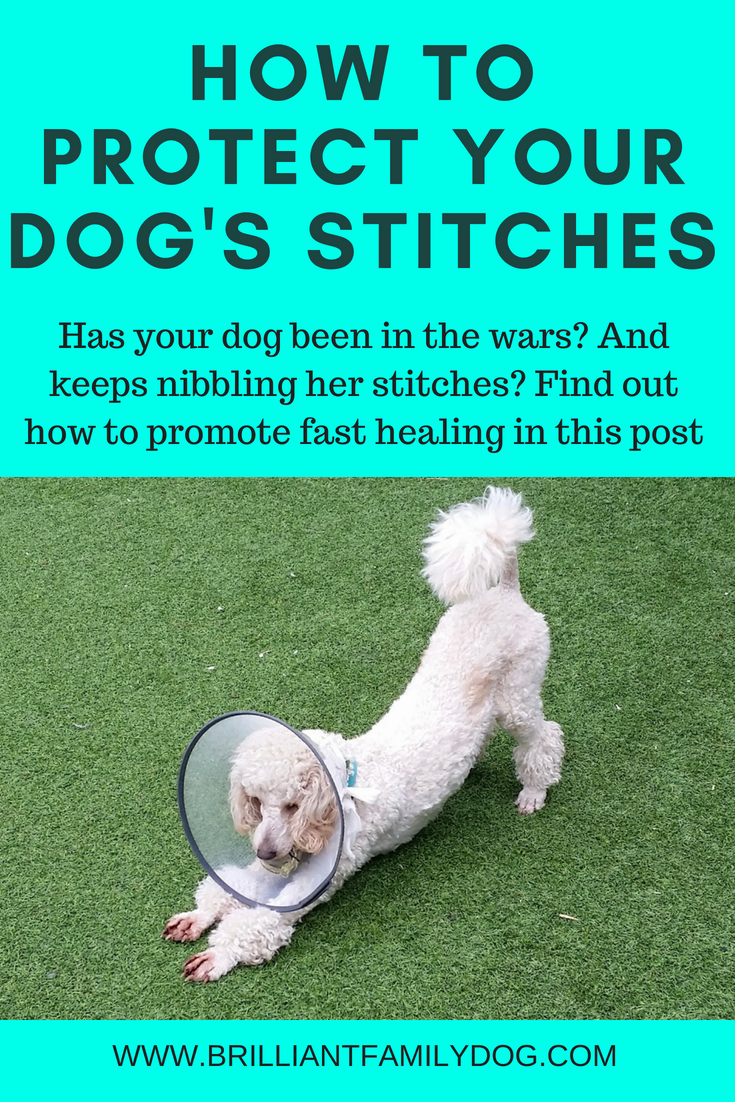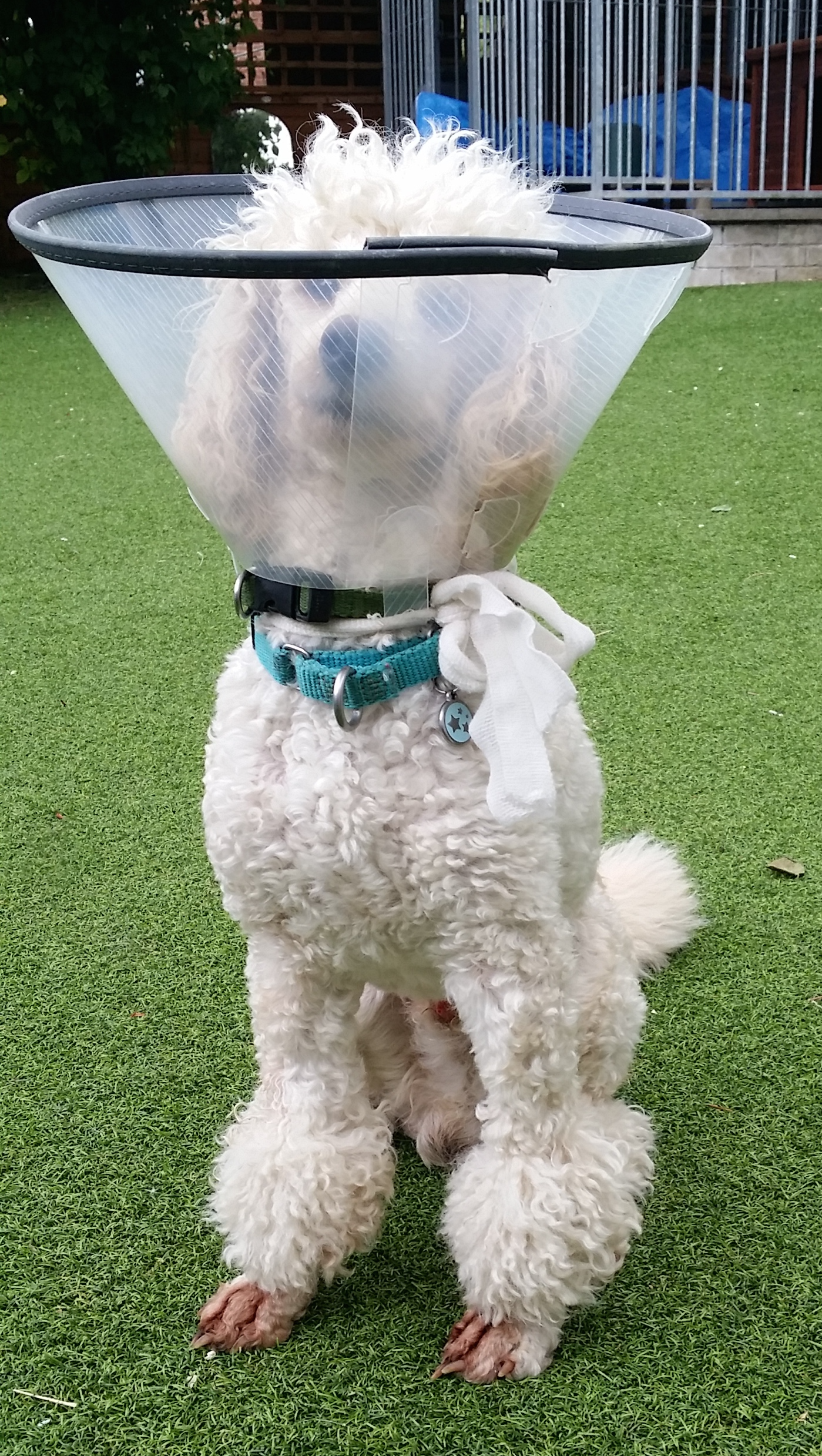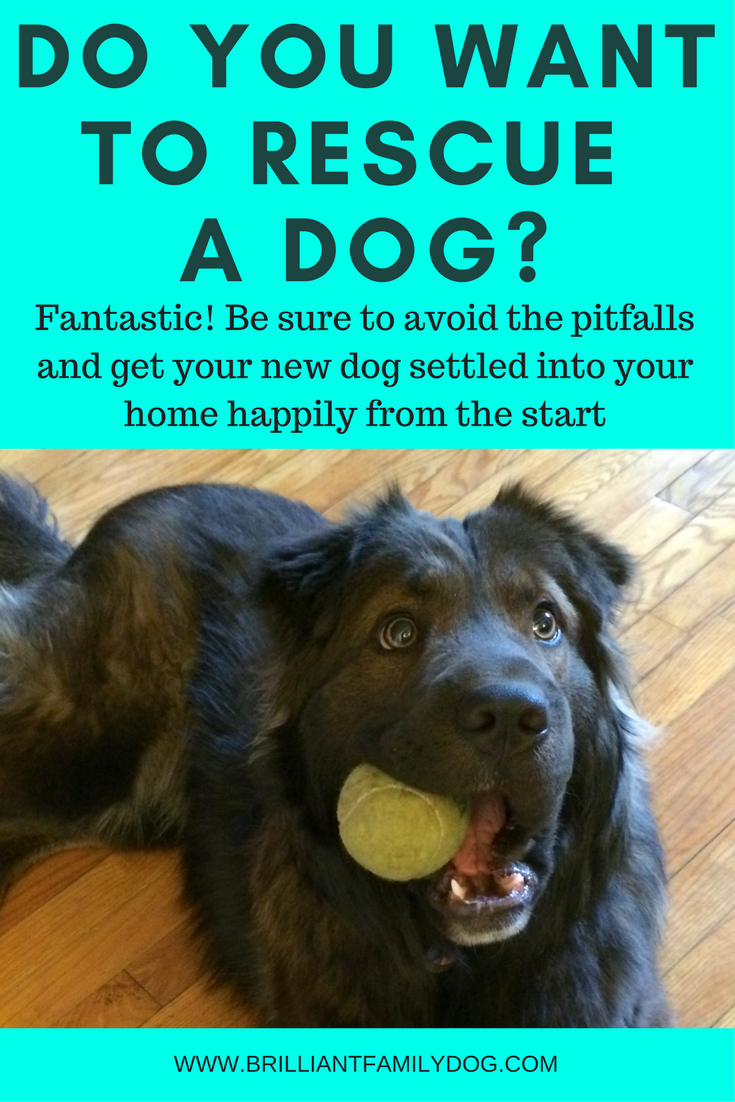At some stage in his or her life, your dog will need stitches. Could be for neutering, a gash or tear, or something more serious.
Some dogs will lick obsessively at a wound. This causes skin changes, it inhibits healing, and can introduce infection. So it’s essential that the wound is allowed to heal without being licked and nibbled at.
Many years ago one of my dogs came back from the vet wearing a modified wastepaper bin on his head. They’d cut the base out of it, leaving nasty ragged plastic edges. While protecting the wound they had made in surgery, it created sore patches and cuts all around his neck where it chafed.
Vets now use a ready-made collar which comes packed flat. This is known as an “Elizabethan” or “Buster” collar to attach to your dog’s own collar. These are large lampshade-type constructions which will fit any size dog.
They annoy mightily, but they don’t do any damage. Except when the dog catches it in a doorway and it digs into his neck. Or gets food all over the edges. Or is unable to get a drink without spilling the water bowl.
For indoor use only
If your dog needs this to protect the wound, then go for it. But if he’s well enough to go for a walk with you, please take it off! It crashes into things, its appearance will cause problems with other dogs, and it distorts your dog’s hearing so that when you call he’ll head off in the direction he’s facing - as that’s where the sound seems to be coming from!
If your dog is busy running around, sniffing, and being a dog, he won’t be licking his wound.
There are alternatives. I haven’t tried one, but there are cushion-type collars that are supposed to prevent the dog turning his head round to reach the wound. I guess these could be very effective, depending on the position of the wound, and the elasticity of the dog. For dogs who are able to turn and meet themselves coming back, this probably wouldn't work.
A t-shirt that covers the area may be quite enough. Depending on the size of your dog, you can put a child’s or adult’s t-shirt on him. Tie all the excess material in a knot over his rump, so he can still pee without getting in a mess.
If your dog can’t leave the wound alone, then obviously the bonnet stays firmly on.
There are lots of crafty tips and tricks to help make life easy for you and your dog in my books. And what's more, you can get them direct from me, right on this site, and save yourself some money! www.brilliantfamilydog.com/books
Not just licking!
Another time when it’s essential is when the wound is on the face or head. A quick scratch with a powerful hind leg can do untold damage in seconds. Dogs never seem to do the minimum scratching necessary to relieve the irritation - they scratch for what seems a pre-determined period, by which time the stitches may all be ripped out. Keep your hat on!
Here's Coco doing his Buzz Lightyear impression ...
But I’ve found that often nothing at all is needed. If I’m watching over my dog I can interrupt any interest in the wound site. The techniques good vets use these days mean that the incision is often tiny and can have minimal stitches or staples or glue to hold it together. So you don’t get the pulling and tweaking you can get with lots of stitches.
Years ago a surgeon told me that they had reduced healing time in his wards dramatically by making the bandages impossible for the patient to interfere with - thus letting the healing take place unhindered - and by having a lounge between the different-sex wards where patients could mingle. This added interest gave them something else to focus on!
You can do the same by ensuring your dog can’t get at the wound, and by giving him lots of other things to amuse him, including walks, or play in your garden, if appropriate and advised by your vet. Otherwise you can stick to “brain games” - searching, chewing, unwrapping, etc, or just plain ole companionship.
So try relieving your dog of the burden of the dreadful bonnet! You may find it’s only needed occasionally if at all.
Want some ideas on dealing with everyday dog and puppy problems? Get your free email course and get some imaginative answers
THIS E-COURSE IS A BONUS FOR YOU WHEN YOU SIGN UP TO RECEIVE EDUCATIONAL EMAILS AND OCCASIONAL OFFERS FROM ME. YOU CAN UNSUBSCRIBE AT ANY TIME.
Privacy Policy
Privacy Policy
And here are some games that will help distract your dog from her stitches, at the same time building a terrific bond between you!
So you want to rescue a dog? Read this first!
You want to rescue a dog - give a home to a poor neglected beastie who’s had a bad start in life? Good for you!
There are so many stories of spectacularly successful adoptions, where the dog fitted easily into her new home from Day 1, had few issues and was easy to train.
But this isn’t by any means always the way it goes. So you need to go into this with your eyes open.
Different dogs, different folks ...
Is your new dog struggling with the outside world? Get our free e-course here and get started!
THIS E-COURSE IS A BONUS FOR YOU WHEN YOU SIGN UP TO RECEIVE EDUCATIONAL EMAILS AND OCCASIONAL OFFERS FROM ME. YOU CAN UNSUBSCRIBE AT ANY TIME.
Privacy Policy
Do not allow sentiment to cloud your judgment! Most dogs up for rehoming (unless they’re very young puppies) come with baggage - of some sort or another. We all have baggage - life experiences that have formed our worldview - some good, some not so good.
And not every dog is the perfect match for your life. Some will have been neglected; some will have been abused; some have lost an adoring owner through death or other catastrophe; some were just not given the right care.
But they all have a history, good or bad.
Same as you would, if suddenly transported to a new home where people do things differently. There’s scope for a lot of misunderstanding and confusion here - even which way you hold your knife and fork, or how to make coffee! So imagine how hard it can be for a dog to adapt to such a major change in his life.
Sometimes the dog settles into his new home seamlessly and easily, but sometimes this baggage takes a lot of work, some expense, and much dedication, to unpack.
Love alone is not enough.
Backstory
Any reputable rehoming shelter will tell you the truth about your chosen pet. But sometimes they don’t know the truth themselves! If the dog was found straying there is no history attached. And a dog in even the best and kindest rescue centre can be completely shut down and depressed - or continually hyper and mad. Neither of these states will reveal the true dog. Only once your new dog has been in your home for as long as two or three months will you know what he’s really like, and what issues he may have.
If I moved into your house, for example, at first I’d be saying “Is it alright if I sit here?” and “Where does this cup go?”. After a couple of months I’d be feeling at home and sitting where I liked and leaving cups any-old-where! This is when you’d see the natural me. So it is with your new dog!
“My dog was so quiet and easy, and now, two months on, he’s starting to steal things, bark, dig up the garden … what am I doing wrong?”
That's a fairly common question. My answer?
“Nothing! You’re doing it all right and your dog is making himself at home and behaving in a relaxed and natural manner and being a dog. Now the training begins in earnest.”
By the way, not all shelters are created equal. If you arrive at a place and it’s noisy, the dogs are all racing about their pens barking, showing repetitive behaviours like circling or jumping off the wall, and some dogs are lying deathly still and have completely opted out, then you will struggle to see what your selected dog is actually like in reality. Stress has taken over and made the original dog unrecognisable. It can take many weeks for this dog to unwind.
Think of those poor children in camps in war-torn countries: we would absolutely expect them to have substantial damage which would take many, many years to repair. Why do we assume a dog will just be fixed in an instant?
There are shelters with enlightened policies of taking in fewer dogs (though successfully rehoming more!), giving all dogs more space and distance, keeping things calm and quiet, not allowing public access to all the dogs - only the ones they select to offer a particular family.
Check out these resources to locate a shelter which follows the latest guidance for giving rehomes the greatest chance of success:
You may be working against a difficult history
Keep in mind that if this dog were no trouble he may not have been abandoned by his owners. That’s not exonerating those owners - they should have thought before even getting a dog in the first place. Giving up on an animal through their own neglect and idleness is utterly wrong, and unfair.
He may have developed habits through lack of adequate care or training, that caused his first owners to get rid of him.
• Maybe he’d developed a habit of running off, because he was never taught a recall.
• Maybe he was left alone all day and chewed up the furniture. Not his fault, but this could be the reason he was thrown out. Or rehomed. So now you have to train recall and staying alone from scratch. Check out the articles here at brilliantfamilydog.com, the free e-course, and you can get started with this mini-course:
• Maybe he was never properly socialised as a puppy, and has a distorted view of strange dogs and people and things as a result. Here you’ll have an ongoing task - to help him cope with our world. And this is the one which may cost a lot of money and a lot of time, but which will repay you many times over in watching your dog change and develop and gain in confidence. Check out the resources for Growly Dogs, the free course and premium course:
Love alone just isn’t enough
Love and nurturing will do a lot of healing, of course. But to deal with any difficult issues - such as inability to cope with the presence of other dogs on the planet without lunging, barking, or screaming, threatening to bite if approached, stealing and guarding stolen items ferociously - you need professional help. There’s no need to struggle on for months while the situation gets worse and worse and you regret your decision to get your dog! Get the help you need straight away. Once you understand why your dog is acting as he is, changing it becomes straightforward.
Finding a true force-free trainer is essential. Any aversive or coercive methods (shouting, throwing things, yanking the lead etc) will only compound the situation and make it far worse in the long run. You’ll find a list of useful organisations at the foot of this previous article.
There are plenty of rehomed dogs who have turned into Brilliant Family Dogs! This may be by luck or by judgment, but is a great outcome. In my line of work I naturally tend to meet a lot of the rehomes that cause problems.
And I’m happy to be able to say that the situation can always be vastly improved. It’s a joy to see the dedication of the new owners as they work to rebuild their new dog’s shattered confidence.
Cast off the rose-tinted spectacles!
Matching a dog to your family is a delicate and difficult task. Be sure to remove your rose-tinted glasses before you make any decision. You and your family will be living with this dog for anything up to the next 15 years or so. The placement must be right for you and your dog, but also your children and your spouse too, not to mention your cat.
While you’re still looking for your perfect companion, do a bit of research into what you’ll need. Here’s your Action Step: While you can’t purchase a crate until you know your new dog’s size, you can certainly do your homework and narrow down the choice so you’re ready to get one as soon as you expect your dog to arrive with you. Don’t cut corners - go for the best and most robust that fits your budget. This crate is not for confining your dog to keep him under control - it’s to give him a safe haven where he gets all his meals and toys, which he’ll love, and which will help enormously with separation - both night-time and daytime absences.
And don’t forget the essential training! You can’t expect your new dog - who may be very confused about what people want of him - to just know what you want. You have to teach him, step by step. And while some of those steps may feel uphill, most will be successful - if you follow a force-free training program. There are some excellent dog training classes around the world where the instructor is firmly grounded in force-free training, treating each animal as an individual (refer to that list above for umbrella organisations).
But if you’re in a force-free “black hole” and there’s no class around that you would countenance taking a dog flea to, never mind your precious new dog, take a look at the articles here at www.brilliantfamilydog.com
They follow the same style of teaching as my books, which have received over 150 5-star reviews from pet-owners, who enjoy their directness, simplicity, and effectiveness (and humour!). You may have a challenging new dog - but with a little help and support you can turn him into your perfect pet.
Happy hunting for your new companion, and may you be one of the great rehoming success stories!










